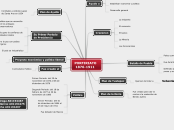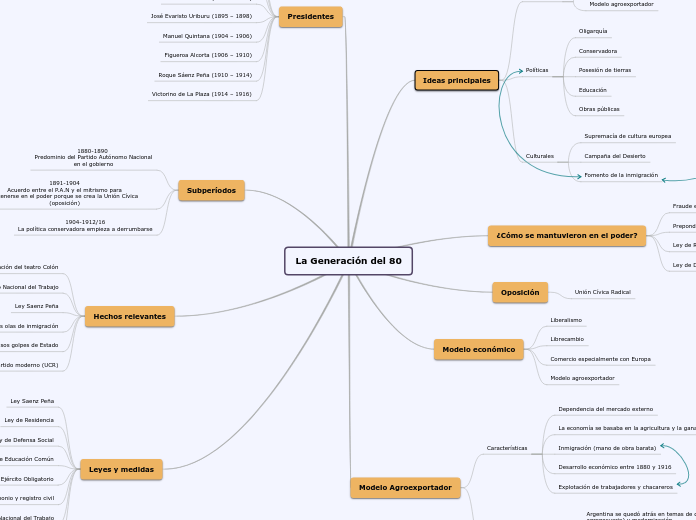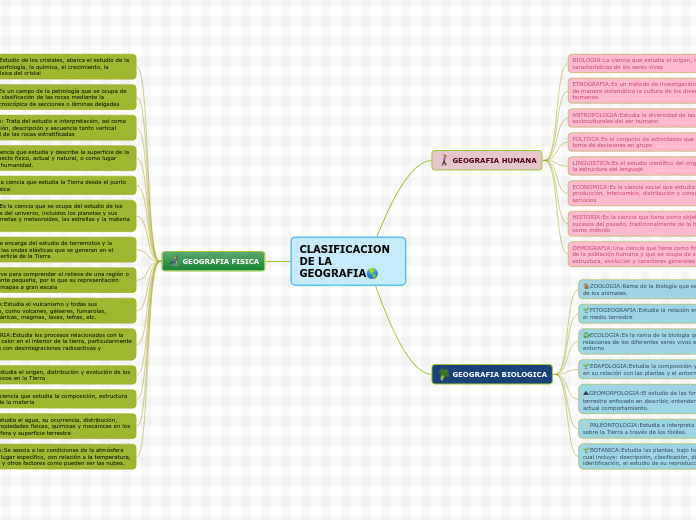Para establecer un tipo de cambio fijo y evitar que el precio de la divisa fluctúe, el banco central compra y vende su propia moneda en el mercado de divisas a cambio de la divisa a la que está vinculado, ejerciendo una fuerte demanda u oferta de su propia moneda, para situar el precio de su divisa en el tipo de cambio fijo establecido.
DEFINICIONES
In the beginning of the story (or the exposition), you will need to introduce the setting and characters. You might also want to introduce the main conflict. This part of the story is important because it gives the reader necessary background information and maybe even a first insight into a character’s personality.
TIPO DE CAMBIO FLEXIBLE
The setting (time & place) of a story can change throughout the plot.
ALGUNOS PAISES CON ESTE TIPO DE CAMBIO
AREGNTINA
BRASIL
CLASIFICACION DE TIPOS DE CAMBIO FLEXIBLE
The weather is an important element in your story because it can highly influence the ambiance and the mood of the characters.
FLOTACION SUCIA
The most affected character is the main character. Write down here if he/she is affected by these weather conditions in any way. For example, if they lost a family member or their home during a hurricane, etc.
En este caso el banco central se ve obligado a intervenir comprando o vendiendo para estabilizar la moneda y conseguir los objetivos económicos
FLOTACION LIMPIA
Does your story include catastrophic weather? See a few suggestions below or add your own:
- hurricane, earthquake, storm, etc
Aquella situación en la que se encuentran las monedas cuya tasa de conversión se obtiene de la ley de la oferta y la demanda, sin que el banco central intervenga en ningún momento
EFECTOS DE LA REGULACION OFERTA-DEMANDA
EJEMPLO:
Si la demanda de divisas es baja, su valor disminuye, por ende los bienes importados se hacen mas caros y se estimula la demanda de bienes y posiblemente aumenta los niveles de empleo
VARIABLES QUE LA AFECTAN
The time of the story can also change. It can describe the event of a single day or can include an entire year's plot. Anyway, don't forget to mention it.
INFLACION Y TIPOS DE INTERES
CRECIMIENTO ECONOMICO
Es aquel determinado por la oferta y la demanda de divisas en el mercado
Your story can take place wherever your imagination will take you to.
For example: in an elevator, in an enchanted forest, etc. Don't forget to give details of the environment each time the setting changes, otherwise, the story can be confusing. Also, mention the seasons as each of them has unique weather and events.
No tiene la capacidad de corregir el déficit de un pais mediante la devaluación y la revaluación de la moneda
Si hay un deficit en la balanza comercial en un pais, significa que se esta importando mas de lo que se exporta
No es regulada por el BANCO CENTRAL DEL PAIS
CARACTERISTICAS
CLASIFICACION
MOVIL
Este tipo se ajusta de manera periódica, normalmente ajustando por una mayor inflación con respecto a la moneda vinculada
DENTRO DE BANDAS HORIZAONTALES
Las fluctuaciones permitidas de la moneda son algo más flexibles, por ejemplo un +/- 2%
REGIMEN CONVENCIONAL
un país fija su moneda con márgenes de +/- 1% sobre otra moneda o cesta de monedas
REGIMEN DE CONVERTIBILIDAD
el tipo de cambio se establece por ley
Es el tipo de cambio por el cual el gobierno nacional por medio del banco central, establece el valor de la moneda local con respecto a la moneda extranjera
MODUS OPERANDI
TIPO DE CAMBIO FIJO
TIPO DE CAMBIO FIJO Y FLEXIBLE
To name your story, you have to think about the overall message and what you want your audience to understand from the story. Also, make it relevant and easy to remember.
REFERENCIAS BIBLIOGRAFICAS
https://economipedia.com/definiciones/tipo-cambio-flexible.html
https://economipedia.com/definiciones/tipo-cambio-fijo.html
DIFERENCIAS
The ending of a story is essential. We all know that if the ending is weak, what happened before loses its importance. So make it unpredictable, but fair. A resolved ending answers all the questions and ties up any loose threads from the plot.
REGULACION O DTERMINACION
This is the moment when the main character surpasses the last obstacle and finally faces their greatest challenge.
The climax usually follows one of these patterns:
- realization
- resolution
- choice
Type in your answer.
FIJO: EL BANCO CENTRAL DE CADA PAIS
VARIABLE O FLEXIBLE: LA OFERTA Y LA DEMANDA DE DIVISAS
SIMILITUDES
The middle of the story is where you add layers of complications that will lead to the end. Reveal more about the character's journey. Did their personality go through changes? How did they overcome the challenges? And as you build up the story’s central conflict, make it more personal to that character. Also, from the middle act, you have to lead into the final act.
ALGUNOS MIEMBROS DEL MERCADO
Your character(s) need(s) motivation in order to solve the challenge(s).
TRABAJN AEN EL MERCADO DE DIVISAS
Each story has a main character and that character usually needs to solve a problem or challenge. The character's challenge is the one that creates tension throughout the story.










